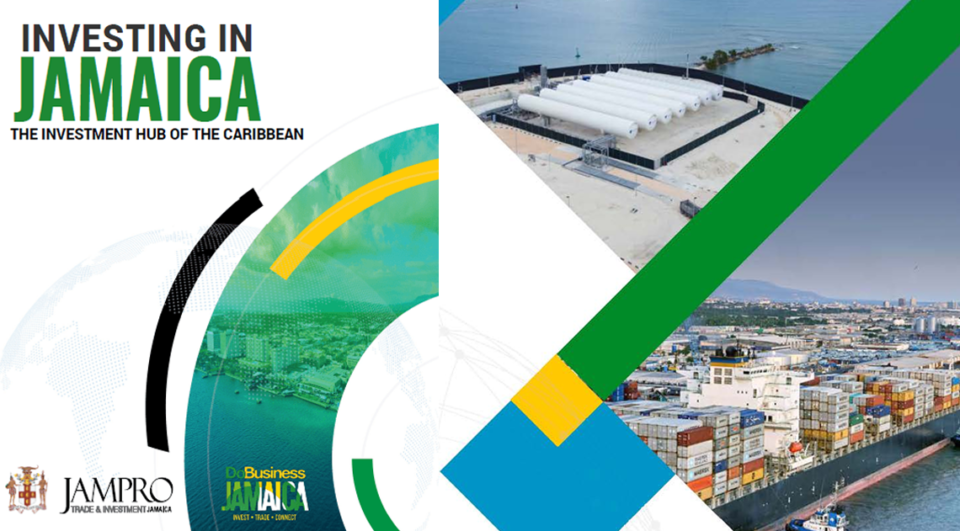From 7th – 10th August 2018, a delegation comprised of officials from the Association of Caribbean States (ACS), the Korean International Cooperation Agency (KOICA), and the Korean Institute of Ocean Science and Technology (KIOST) visited Jamaica to engage in further discussions with Government Officials and other relevant stakeholders regarding the second phase of implementation of the “Impact Assessment of Climate Change on the Sandy Shorelines of the Caribbean Project.”
The objective of this project is to establish a regional network for coastal erosion monitoring, geared towards rehabilitating beaches whose shorelines have been drastically eroded due to climate change. The project is also aimed at increasing the region’s resilience to climate change. Additionally, it will seek to contribute to the sustainable development of existing beaches through the application of more suitable adaptation measures to minimize the negative impact of human activity on the beaches.
The project will, among other things, see the erection of a monitoring tower at the Hellshire Beach in Portmore, given the dire state of coastal erosion in that area. This is historic, as Jamaica will be the first in the region to receive such a monitoring tower. The project, which is a joint initiative of the ACS and the Government of Cuba, is valued at US$4 million and is being funded by the Republic of Korea, through the Korean International Organization Agency (KOICA).
Although other countries in the region including Antigua and Barbuda, Cuba, Dominican Republic, Grenada, Haiti, Panama and Trinidad and Tobago are participating in the project, Jamaica has been designated as the main English Speaking partner for this initiative. The Government of Jamaica through the Ministry of Foreign Affairs and Foreign Trade; the Climate Change Division of the Ministry of Economic Growth and Job Creation (MEG-JC), the National Environmental Protection Agency (NEPA), and the Urban Development Commission (UDC), has expressed full commitment to this project. The project is expected to provide significant capacity building support to complement and enhance the Government’s ongoing efforts to monitor, and rehabilitate and shoreline monitoring and replenishment.





